- Revenue Cycle Management
- COVID-19
- Reimbursement
- Diabetes Awareness Month
- Risk Management
- Patient Retention
- Staffing
- Medical Economics® 100th Anniversary
- Coding and documentation
- Business of Endocrinology
- Telehealth
- Physicians Financial News
- Cybersecurity
- Cardiovascular Clinical Consult
- Locum Tenens, brought to you by LocumLife®
- Weight Management
- Business of Women's Health
- Practice Efficiency
- Finance and Wealth
- EHRs
- Remote Patient Monitoring
- Sponsored Webinars
- Medical Technology
- Billing and collections
- Acute Pain Management
- Exclusive Content
- Value-based Care
- Business of Pediatrics
- Concierge Medicine 2.0 by Castle Connolly Private Health Partners
- Practice Growth
- Concierge Medicine
- Business of Cardiology
- Implementing the Topcon Ocular Telehealth Platform
- Malpractice
- Influenza
- Sexual Health
- Chronic Conditions
- Technology
- Legal and Policy
- Money
- Opinion
- Vaccines
- Practice Management
- Patient Relations
- Careers
Magic Moments: Last Look Postcards from Europe
Here’s what to include in a visit to Europe. And since the currency of physician travel is always time, here’s how to do it efficiently.
*All photography by the author
The Burt Bacherach/Hal David 1957 song “Magic Moments” — one of their first collaborations – became Perry Como’s biggest hit. The lyrics, “Memories we’ve been sharing” sum up a place and may validate travel photography. If images trigger memories – and happy ones – maybe they should be shared.
Maybe.
Older travel writers (as I consider myself) favored the “invisible narrator” where authors were shown in the third person and never intruded to become part of the story. Younger writers disagreed and felt the personal style of a “travel blog” allowed better communication. If this is so, perhaps I could have been more helpful writing about Europe if I’d approached the story in a more personal way and, in effect, said this is what I feel is worth doing. If you have time, consider this. Here’s what to include in a visit to Europe. And since the currency of physician travel is always time, here’s how to do it efficiently.
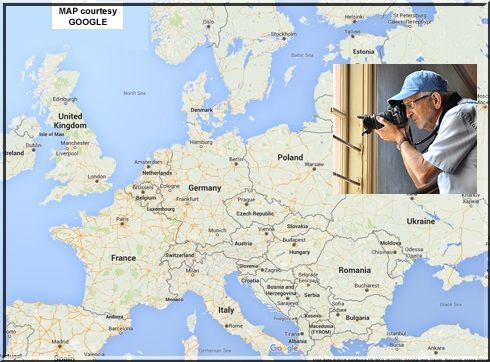
OK. You can’t see everything and maybe the first visit is just to find what you should include in a second visit. But even if this misses some classics here are my suggestions, what I thought caught the flavor of a place.
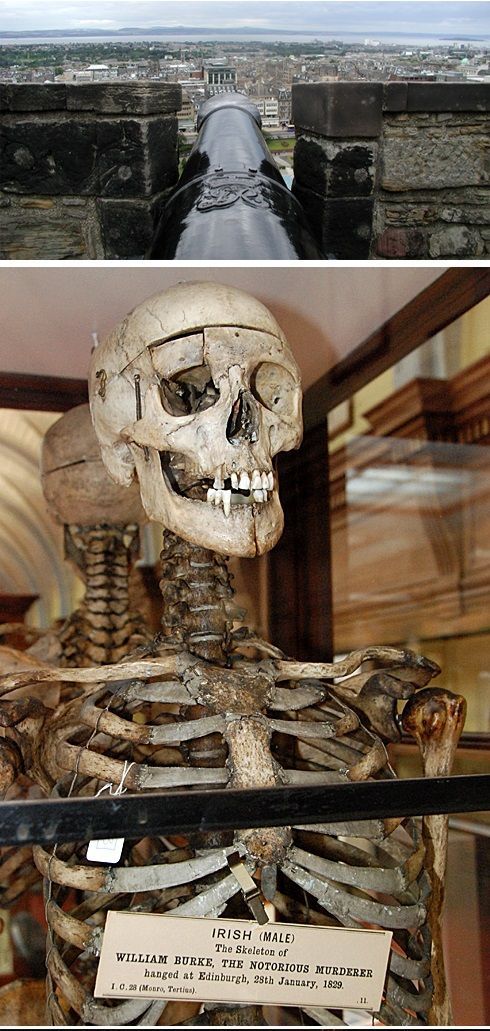
Public transportation is pretty good in most European cities. You don’t need a car in Edinburgh and the Edinburgh Castle gives a fine view to the Firth (like delta of river) Forth. A half hour walk will take you on to the Anatomy section of the old med school (but check that the exhibits have not moved to the new med school to the south of town). The Old Surgeons’ Hall, 10 minutes away from the Anatomy Department, has been modernized as a fine medical museum. The grave-robber, William Burke, skeleton is of the “murderer too lazy to dig.”
If you haven’t made any plans yet to cover the vast expanse of the continent, know Europe has some of the most interesting navigable rivers of any continent and a plethora of companies running river boats. They all have their contented fans — previous passengers all receiving some benefits on succeeding cruises. The trick is to start right so that if you are getting better deals the more you return, you are getting them with a premier company.
My wife, Nancy, and I have done about 10 European cruises with Uniworld Boutique River Cruise Collection. We have almost run out of rivers! By using its river boats, we have covered more ground more easily and probably less expensively than if most of our travel had been done as independents — not to mention more comfortably, because travel can be tiring but less so if you are not changing hotels every night.
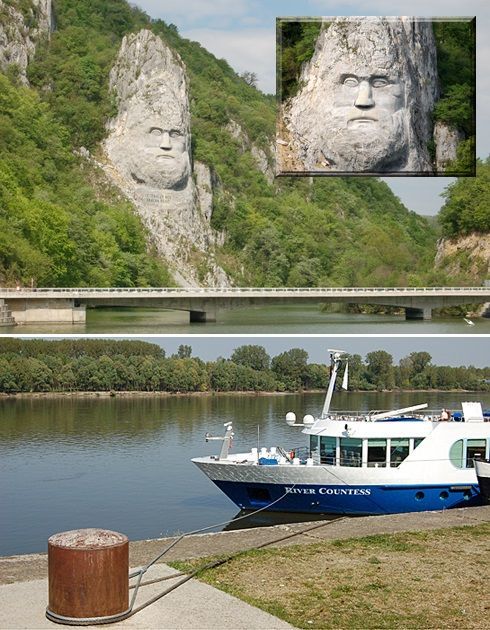
There is time to observe and learn on a river boat cruise. I had never heard of the Dacian King Decebalus until I was sailing the Danube on the River Countess. I had never even heard of the carving, the tallest rock sculpture in Europe which took 12 sculptor about 10 years (1994 to 2004) to complete.
I have friends from Edinburgh medical school who seem a bit burned up by a lifetime of dealing with the National Health Service. They say they would never do anything remotely medical on vacation! They show surprise that a physician would visit a medical museum on “holiday.” Understood. But I believe most physicians are curious enough to put their lives in context as they move around the world.

I looked in vain around Vienna for tributes to Semmelweis — nor could I find them in Hungary, his birthplace, a land more famous for its equestrian shows. I was, however, pointed at a Semmelweis statue in Heidelberg; the way Vienna and the then medical world treated Semmelweis is one of Medicine’s disgraces.

The Czech Republic offers contrasts between the 17th century crypt of the Capuchin Church in Brno where 24 mummified monks lie some clutching a crucifix, to Prague’s devotion to the Beatles. The placard (insert) says “As you are now, once we were; as we are now, you shall be.” Wow! The Beatles are easier to understand: The Prague students oppressed under communism turned to Beatles music as being anti-establishment and a perfect source to show how they felt about the communist regime. They even used a wall under the French Embassy for their John Lennon Wall graffiti!
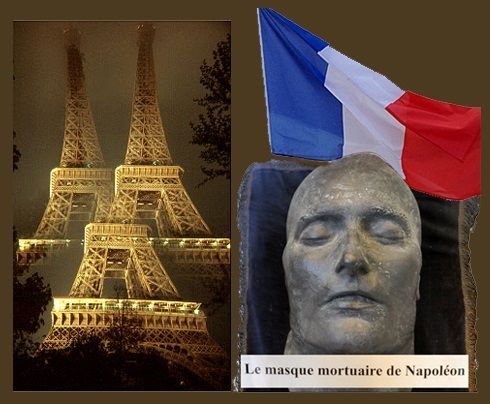
Some sources list France as the most popular of all visited European capitals. Maybe so. The Eiffel Tower has to be the most perfect signature image of any city even if not shot through a prism. And Napoleon’s death mask in a museum in Rouen reminds visitors of the controversy surrounding his death mask.
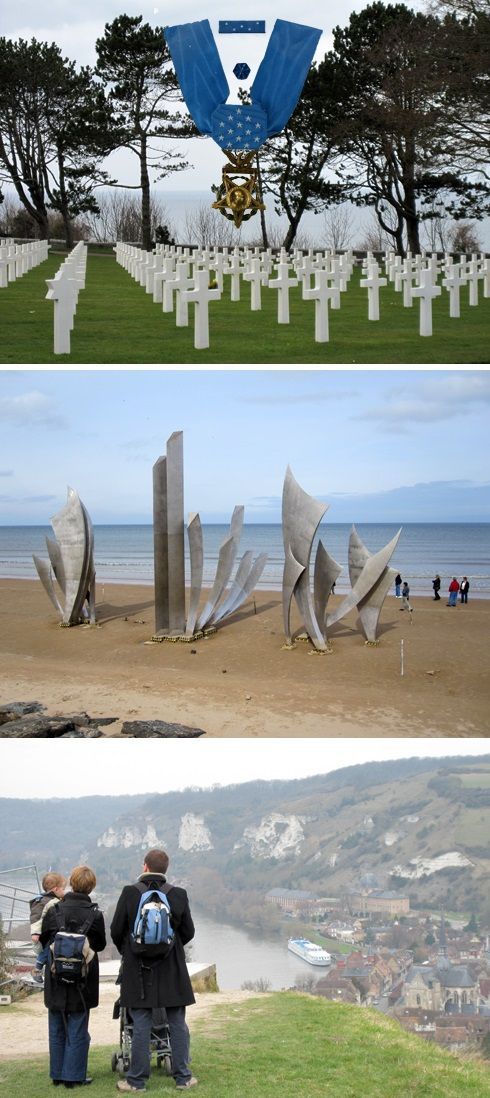
Napoleon died in 1821. The D Day Battle of Normandy in 1944 cost 29,000 American lives. The Battle of Normandy saw a total of 425,000 Allied and German troops killed, wounded, or lost during this battle. (In contrast the entire war in Iraq took the lives of 4,800 US soldiers.) The memorial on Omaha Beach is overpowering as is the American Cemetery.
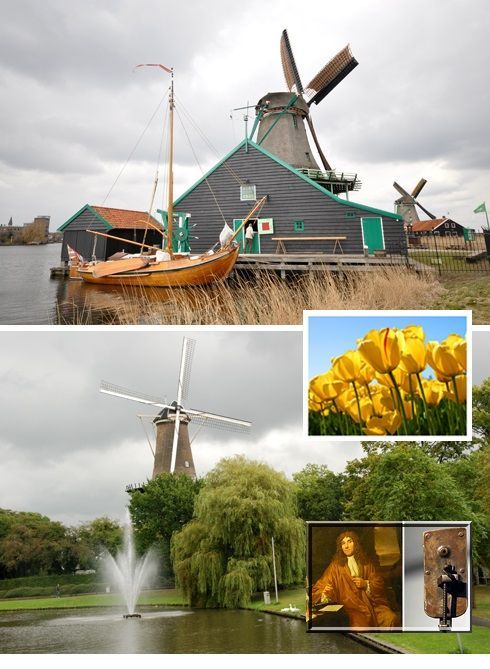
The Netherlands is a fine country to visit: windmills, tulips, art, cheese — and a quick rundown to Leiden by train will bring you to the Boerhaave Museum where Leeuwenhoek’s early microscope is on show.

It’s hard not to have Amsterdam as a favorite point of entry to Europe. Great airport, train service, city center, and port all essentially adjacent and an efficient public transportation system. The major art museums have all been upgraded which has made them even busier (and as crowded as the subjects in the vast art paintings).
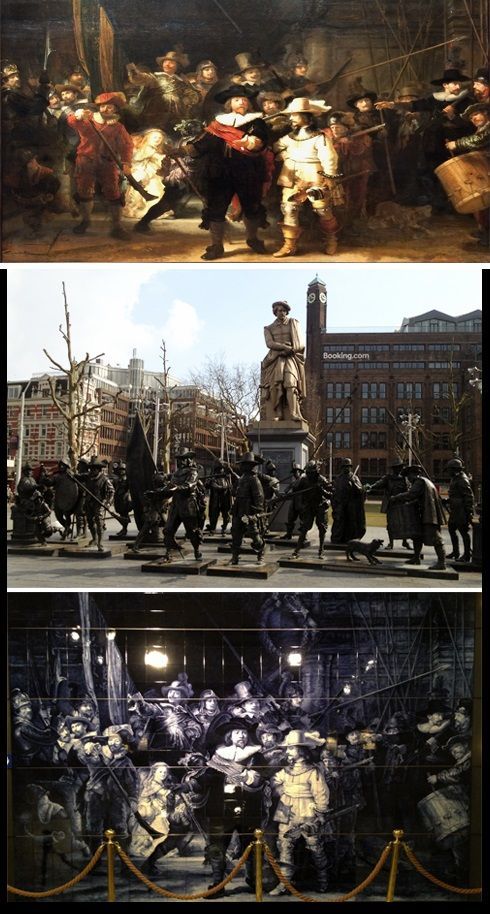
The redone Rijksmuseum in Amsterdam has made Rembrandt’s The Night Watch the very center of its exhibits. If you could get in as the museum opens and walk freely down the aisle to the huge painting, it would knock you over. But its legend is such that it may be cluttered with spectators, many with full size iPads taking their images. Ask the museum if there might be a time when you can see it in all its majesty — and read about the painting before you get there. My images show a poor attempt to fit the painting into this website’s protocols. Downtown Amsterdam is trying to retain the group of statues that replicate the scene, and in Delft you can find the same art grouped in the tiles the town is famous for.

Antwerp (the name means hand throwing) is Belgium’s biggest port and has a Roman army legend that a soldier killed a tyrant giant by cutting off his hand and throwing it in the river. The statue in front of city Hall shows the event. The renovated Museum Plantin-Moretus, founded in 1555, has just re-opened showing the first industrial printing works in history. It is a UNESCO World Heritage Site.
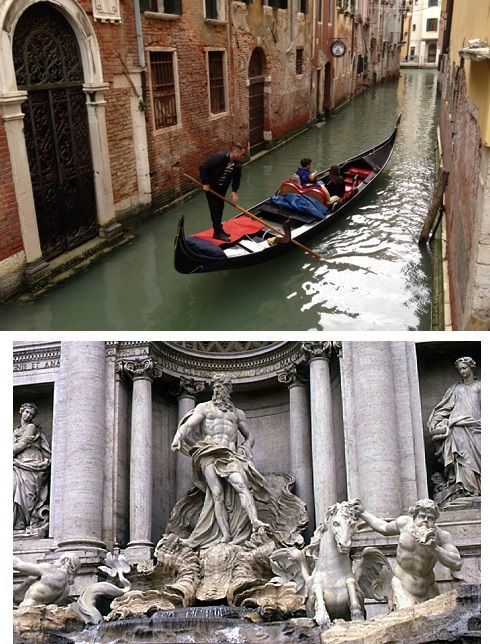
Hollywood may have made both the canals of Venice and the fountains of Rome more famous than any travel guide, but although Venice is being damaged both by floods and mass of visitors, you should go before you lose the opportunity.
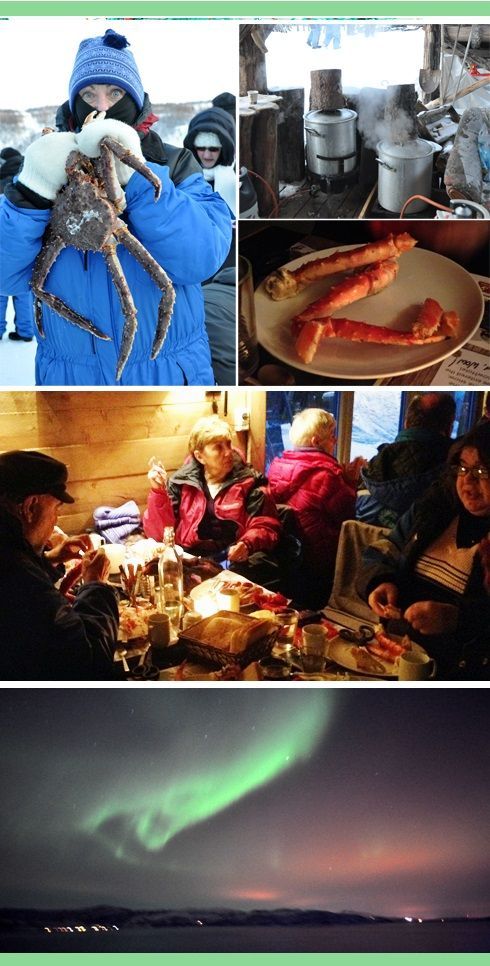
The easiest way to get the feel of Norway is take the Hurtigruten Cruise up its coast. When? Anytime. Winter if you hope to see the Northern Lights but an unexpected treat is catching the largest crabs you’ve ever seen in your life and eating them freshly caught and home-cooked.
Norway has Bergen where Hansen lived, the discoverer of the leprosy organism. Norway has Oslo that, one day, will be one of the great cities of Europe, and it has all its magnificent scenery — and people. But Stockholm, in Sweden, is the Scandinavian sophisticate, the suave, successful, polished master city of the North. Who wouldn’t want to be Swedish and live in such a gorgeous well-run city? And, as we have noted before, when you stop someone in the street and say, “Excuse me. Do you speak English?” the Swede draws himself up to his formidable height and says, “Of course!”

A small Swede studies the Viking swords that are part of his heritage and a Palace guard lives the dream. (Insert the Nobel Medal)
Then comes Spain, romantic, noisy, colorful — a mixture of such dignity and formality -- that sometimes seems to break down into fun and laughter provided you remember: This Was Once a Great Powerful Country.
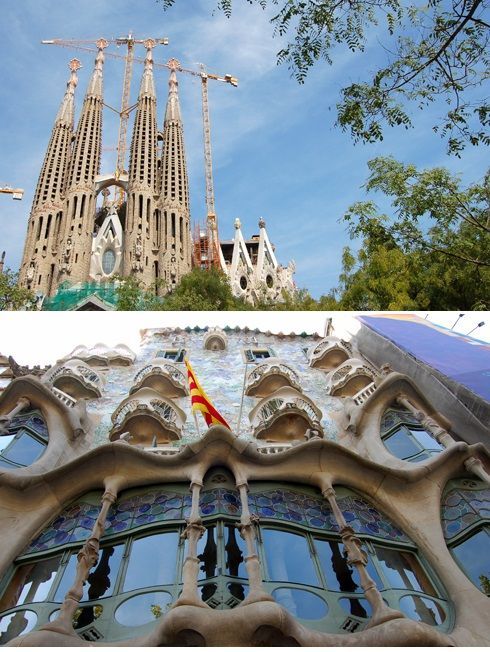
Barcelona reminds me of Stockholm: confident and organized with people moving briskly doing important things. Yet it has the whimsy of its architecture such as the city’s most famous, albeit unfinished, church, La Sagrada Familia basilica, which was designed in 1882 by the Spanish Catalan architect Antoni Gaudi — whose work is revered all over Barcelona. The church may be completed in 20 years.
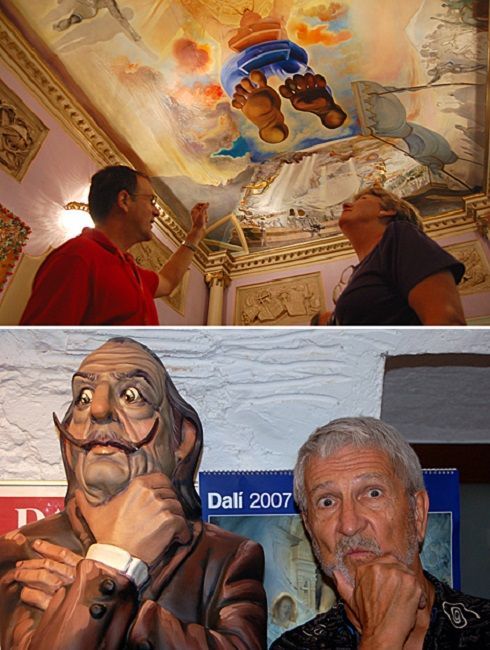
You will find whimsy, too, in Spain’s signature curled moustache artist, Salvador Dali. It is said he adopted his moustache from Diego Velázquez. The rest of Dali has got to be original. Who else thinks or paints like him?

A delightful drive up the north east Costa Brava shows the more mellow side of northern Spain. We drove at random and found the small Hotel Diana in Tossa de Mar. We were tired after our drive in heavy traffic and slept readily — and awoke to music. I threw on some clothes and went down to the desk with the intent of asking if we could have a less noisy room. It was a party with happy people shouting, “Hey. Americanos!” and, before I quite knew it, I was sent back to bring down Nancy because we had just been invited to join the party!
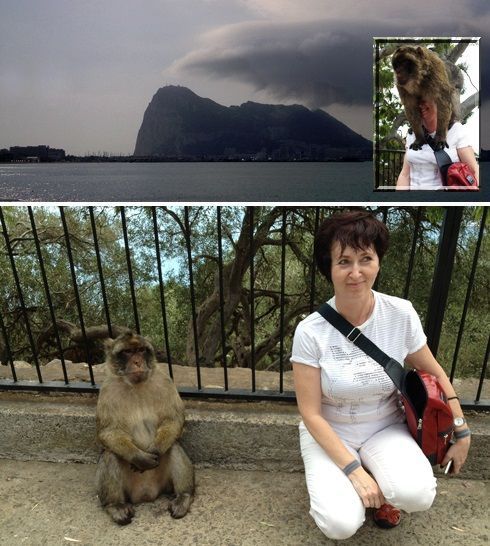
British Gibraltar and its ambiance could almost be on the other side of the world, and that’s what Spain would like, but the Spanish are stuck with it protruding from the south coast of their country. Our Insight Vacations fellow passengers soon found the Barbary Apes of Galen Anatomy fame. The apes seemed docile and one young woman asked us to take her photograph. A moment later she regretted her decision (see insert).
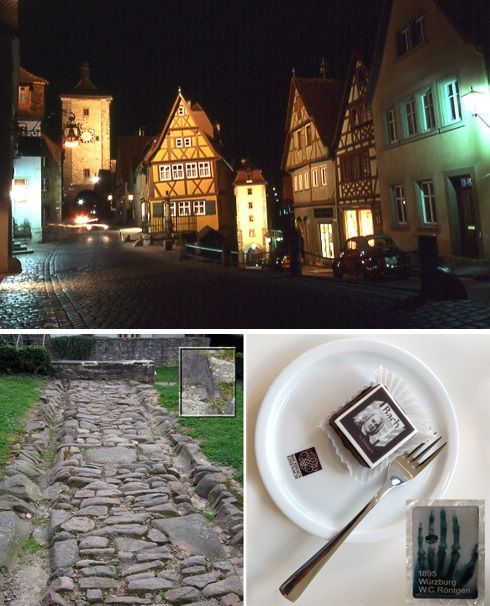
No apes in Germany, just gorgeous medieval towns like Rothenburg on the Tauber that look as if Walt Disney had designed them. The history of any ancient German town easily finds you with a genuine Roman road in Mainz, chocolates celebrating Bach in Eisenach, and mementos of Roentgen’s 1895 first X-Ray (of his wife’s hand) in Wurzsburg.
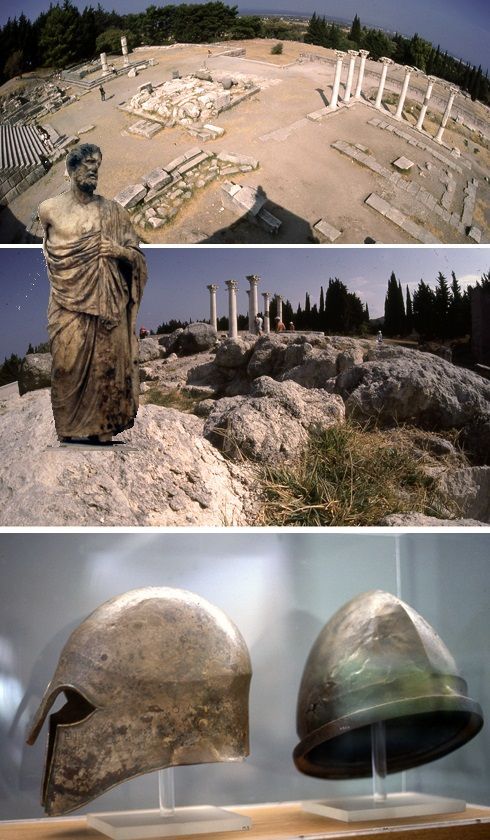
Greece comes with, for physicians, the majesty of the island of Kos and Hippocrates himself. This island vacation is popular with British and German tourists but less so with Americans. Olympia, on the mainland peninsula, is more easily found. It is one of the Glories of Greece and the museum there shows two exhibits from the 490 BC Battle of Marathon, the helmet (right side of image above) of the Persian loser and (left side) the battle scarred helmet of the Athenian victor Miltiades. The guide at the museum showed us the name inscribed on the helmet, although that helmet seems less damaged than others illustrated on the web.
Special memories?
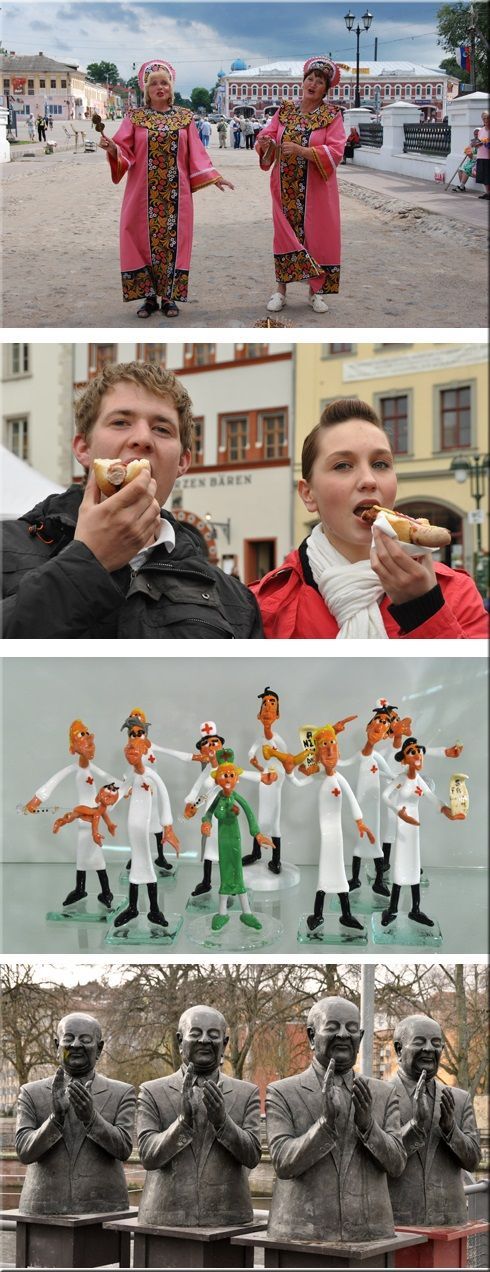
OK. We know Russia is not in Europe, although it may indeed want to own that continent, but the enthusiastic welcome sung to passengers arriving at their first Volga port, Varoslavl, certainly set the tone for a great cruise. And when we arrived years later hungry after a mix-up on the border between Czech Rail and DB the German train system and came to Weimar, Germany we saw in the square immediately why US fast order restaurants had failed to make an impression on locals eating their original frankfurters. Weimar is where travelers can find what went wrong with the Weimar Republic’s attempt to create “the perfect democratic country.” In Venice, Italy we saw, too, that physicians may not be taken too seriously. And in Pforzheim, Germany, we thought Guido Messer’s statue of the “Paid Clappers,” Die Claque, les claqueurs, might sum up our applause for Europe but we are not being paid to clap.
Europe, we applaud you and what you offer visitors.
The Andersons, who live in San Diego, are the resident travel & cruise columnists for Physician's Money Digest. Nancy is a former nursing educator, Eric a retired MD. The one-time president of the NH Academy of Family Physicians, Eric is the only physician in the Society of American Travel Writers. He has also written five books, the last called The Man Who Cried Orange: Stories from a Doctor's Life.
